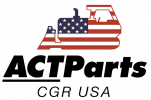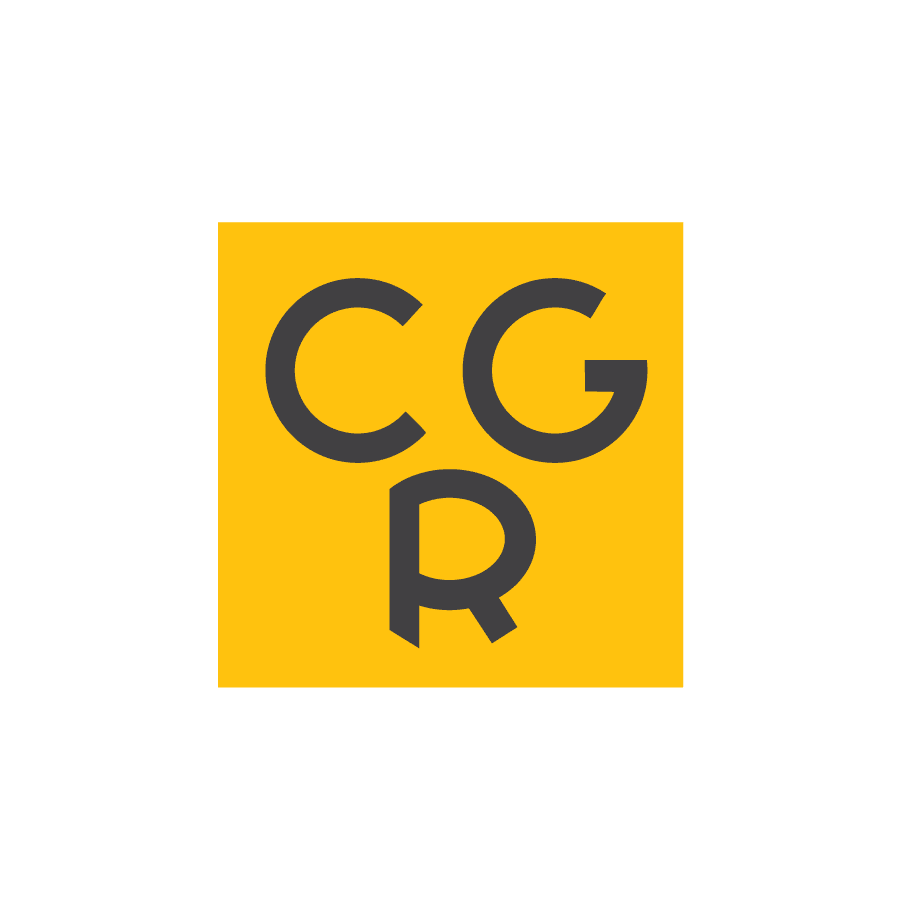Pins and bushings are often the first structural components that require maintenance. However, how they wear down depends on the material you are working in, how much the machine is used, and who the operator is. Most pins and bushing also have “grease grooves” on the inside where lubricants form a film layer for the pin to rotate on. Adding this lubricant at intervals is crucial because it can slow wear rates and help purge contaminants from the grooves.
If deteriorated components have caused damage to your machine’s metal frame, you could face additional expenses from repairing the structure. Therefore, taking care of these pieces is a must to keep all your equipment working and minimize downtime. Learn about the best ways to maintain your bushings, and how to replace them when the time comes.
Perform Regular Inspections
Like with all types of equipment, it’s important to have a maintenance schedule for your bushings and regularly check them to ensure they are not deteriorating. Failing to inspect these issues could lead to minor issues which over time deteriorate and cause significant damage to your heavy machine. This results in excessive downtime and costly repairs that could have been easily avoided.
Start by looking for visible wear and tear, specifically for any excess dust or dirt. As part of your undercarriage, bushings will naturally collect some debris, but too much could hinder their ability to move. The bushings’ impaired movement will stop your entire machine. Luckily there is a simple solution.
Ensure Proper Lubrication
In addition to dirt accumulation, lack of proper lubrication can quickly wear down pins and bushings. What’s even worse is that your bushings won’t wear evenly, causing your tracks to stretch and seriously damaging your undercarriage and affecting your ability to move. This is dangerous not just for the machine’s health, but for anyone on your construction site.
Do not risk anyone’s safety with stiff and worn-down bushings. Lubricate these pieces according to your manufacturer’s recommendations to prevent rapid wearing. This will also force any dirt or grime out of the bushing’s grooves, ensuring smoother movement.
Regularly Check Fit and Alignment
Another way to prevent pins and bushings from becoming stiff is by regularly turning them so every side is used equally. This stops one side from becoming more worn-out than the others, which can lead to your tracks stretching and being unable to support the equipment its transporting.
By turning the bushings on a normal basis the tracks between pins are restored, allowing the chains to last longer and the machine to continue working. Checking pins and bushings daily can tell you when they are ready to be turned, since every machine has a different turning schedule depending on use and environment. However, a good rule of thumb is to turn your pins and bushings every 2,000 hours of operation to ensure optimal performance.
Carefully Replace as Needed
Eventually your bushings will wear out on all sides and need to be replaced. Bushings come in various materials like bronze, plastic, and composite. Each material has its advantages, but picking the right one depends on your environment and how much you use your machine. For example, bronze bushings are durable and resistant to high temperatures, making them ideal for heavy-duty applications. On the other hand, plastic and composite bushings are lightweight and offer excellent corrosion resistance, suitable for environments with chemical exposure or moisture.
Ensuring the correct size and fit is also an essential factor when picking out your new bushing. Incorrectly sized pieces can lead to increased wear and tear and reduce the overall efficiency of the machinery. Always refer to the manufacturer’s specifications and guidelines to choose the right size.
There is a lot involved when choosing the perfect replacement bushing and it can be overwhelming. ACTParts offers a wide selection of bushings as well as a team of experts who can help you find exactly what you need so you can jump into the replacement process. Follow these simple tips to replace your bushing with ease:
Disassemble
Start by safely dismantling the parts surrounding the bushing to gain access. This may involve removing bolts, screws, and other fasteners. Make sure the machinery is securely supported and powered off before beginning any disassembly.
Remove
Once you have access, use the appropriate puller to extract the worn bushings. Apply steady pressure to avoid damaging the housing. If the bushing is stuck, consider using a penetrating oil to loosen it.
Install
Fit the new bushing into place, ensuring it is properly seated. Use a press or a similar tool to apply even pressure and avoid any misalignment. After installation, check the fit and make any necessary adjustments. Once the new bushing is installed, reassemble the surrounding components and test the machinery to ensure everything is functioning correctly.
Maintain and Replace Your Bushings with Confidence
Pins and bushings help your heavy machinery move and operate smoothly, which is why you must take care of them. Ignoring regular maintenance will lead to excessive damage that could put your entire machine out of commission and cost you a great deal to repair and replace. So, inspect your bushings regularly and clean out any dirt or dust with proper lubrication. Routinely turn your bushings to even out the wear and tear that naturally occurs to ensure the part lasts longer. And when you do need to replace your bushing, consult your manufacturer’s specifications and make sure you install the new piece correctly.
Don’t take risks when it comes to your bushings. ACTParts offers high quality pins and bushings for all of your heavy machinery needs. Contact us to find the right replacement part for your equipment today.



